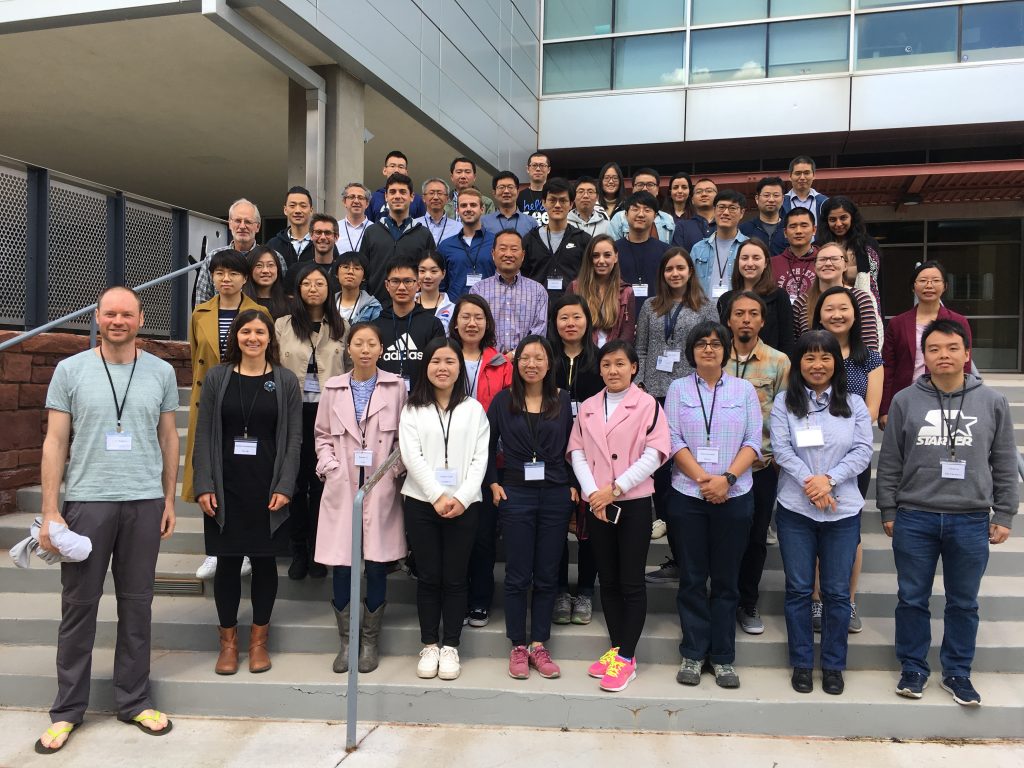Impacts of climate and insect herbivory on productivity and physiology of trembling aspen (Populus tremuloides) in Alaskan boreal forests
Climate change is impacting forested ecosystems worldwide, particularly in the Northern Hemisphere where warming has increased at a faster rate than the rest of the globe. As climate warms, trembling aspen (Populus tremuloides) is expected to become more successful in northern boreal forests because of its current presence in drier […]

